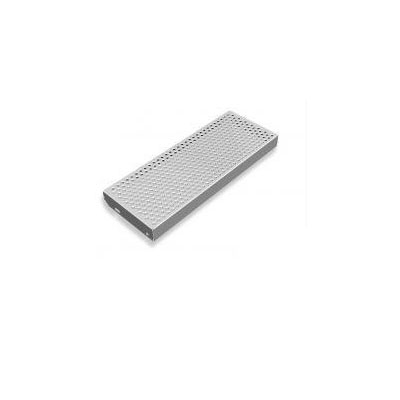The Necessity of Highway Noise Barrier Walls
Highway noise pollution has emerged as a significant environmental concern in urban and suburban areas worldwide. As vehicular traffic continues to increase, the accompanying noise levels have raised alarms regarding public health, community well-being, and overall quality of life. One effective solution that has been implemented to mitigate this issue is the construction of highway noise barrier walls. These structures not only serve as a physical obstruction to sound waves but also embody a strategic approach to enhancing urban living conditions.
Understanding Highway Noise Pollution
Highway noise is primarily generated by vehicles traveling at high speeds, which creates sound waves that can travel considerable distances. Studies indicate that noise levels exceeding 65 decibels can lead to detrimental health effects, including stress, sleep disturbances, and cardiovascular problems. In residential areas located near busy highways, the constant barrage of sound can significantly impact the quality of life for residents. Therefore, the demand for effective solutions to combat highway noise has become crucial.
The Functionality of Noise Barriers
Highway noise barrier walls are typically constructed from materials such as concrete, wood, or earth mounds. They are strategically placed alongside busy roads to attenuate sound levels, acting as a shield between traffic and residential areas. The effectiveness of these barriers relies on several factors, including height, length, and material density. Taller barriers tend to block sound more effectively, while solid materials absorb and deflect noise better than porous ones.
The design of these barriers can vary widely, from simple walls to elaborate structures that incorporate aesthetic elements, blending seamlessly with the surroundings. Engineers consider local topography, the volume of traffic, and noise reduction requirements to design barriers that will achieve the desired noise attenuation.
Benefits Beyond Noise Reduction
highway noise barrier wall

While the primary goal of highway noise barrier walls is to reduce sound pollution, their benefits extend beyond simply blocking noise. For instance, these barriers can enhance community aesthetics, often integrating artwork or landscaping, thereby improving the visual appeal of the surroundings. Some modern designs take advantage of vertical gardening or green walls that provide ecological benefits, promote biodiversity, and improve air quality.
Moreover, highway noise barriers can also contribute to safety. By reducing noise, they can minimize driver distractions, allowing individuals to focus more on the road, potentially leading to a decrease in accidents. In addition, they can act as wildlife corridors, allowing small animals to safely cross under or over highways, preventing roadkill incidents and supporting local ecosystems.
Challenges and Considerations
Despite the numerous advantages of highway noise barrier walls, their implementation is not without challenges. Cost is a significant factor; constructing these barriers can require substantial financial investment from local governments and transportation agencies. Additionally, the location and design of the barriers must be carefully considered to avoid unintended consequences such as redirecting sound or creating aesthetic obstructions.
Community involvement is another essential aspect of developing noise barrier projects. Engaging residents in discussions about proposed barriers fosters a sense of ownership and ensures that the solutions align with the community's needs and preferences. Furthermore, ongoing research and innovation in materials and design can lead to more effective and sustainable barriers in the future.
Conclusion
In summary, highway noise barrier walls play a crucial role in mitigating the adverse effects of vehicular noise pollution. They provide a viable solution not only to reduce sound levels but also to enhance community aesthetics, improve safety, and promote ecological benefits. As urban development continues to expand and traffic volumes rise, investing in innovative and effective highway noise barriers will be essential in preserving the quality of life for residents living near busy roadways. By addressing this issue, we take a vital step towards fostering healthier, quieter, and more harmonious urban environments.
-
Why Galvanized Trench Cover Steel Grating Resists Corrosion
NewsJul.10,2025
-
The Versatility and Strength of Stainless Expanded Metal Mesh
NewsJul.10,2025
-
Load Calculations in Steel Grating Platforms
NewsJul.10,2025
-
Keeping Pets and Kids Safe with Chicken Wire Deck Railing
NewsJul.10,2025
-
Hole Diameter and Pitch for Round Perforated Metal Sheets
NewsJul.10,2025
-
Aluminium Diamond Mesh in Modern Architecture
NewsJul.10,2025
Subscribe now!
Stay up to date with the latest on Fry Steeland industry news.

